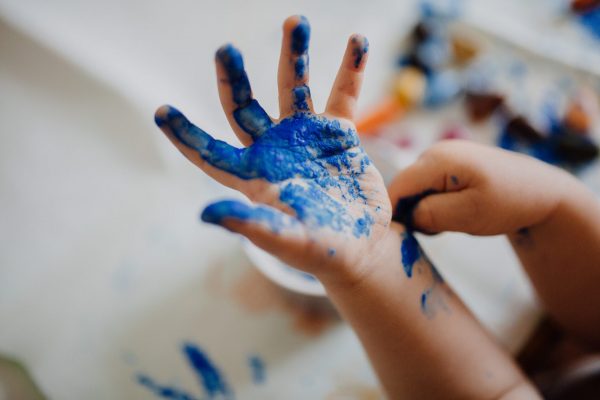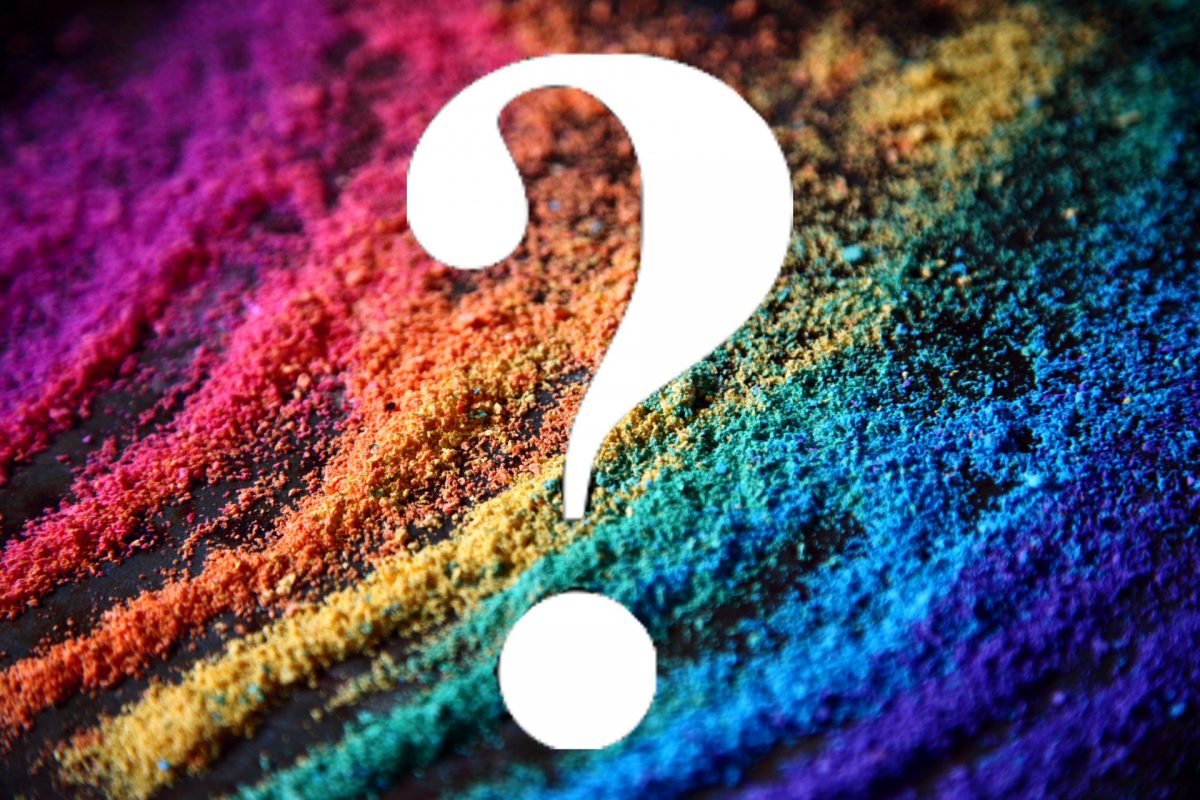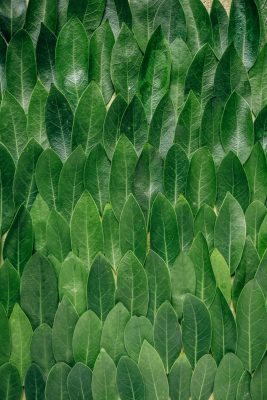Uncategorized
The Truth Behind Mica
Mica is a major contributor in the beauty industry, present in most cosmetics and beauty products. From eyeshadows to blushes to hand soap, micas help to produce a stunning array of colors to decorate ourselves with – and they are stunning. However at this rainbow’s end lies not a pot of gold, but children exploited to paint its colors.

LITTLE HANDS ARE WORKING HARD
India has long been one of the world’s largest exporters of mica, its production campaigned by a very exploited child workforce. Unfortunately, the villages surrounding these mica mines are stricken with poverty and have limited options for income, leaving children to the dangers of the mines.
To extract mica, you need to crawl deep through narrow tunnels and caves, where children may fit more easily than larger adults. Physicality aside, families may need the additional income from their children to survive, forcing anxieties, dangers, and risks on both the children and parents. Some of these dangers include respiratory illness, disease, cave collapse, severe injury, or even death.
 Sabotaged Futures
Sabotaged Futures
To get paid, these child workers need to fill an entire basket with mica, a process that will take all day, forcing children to choose between getting an education and putting food on the table.
Unfortunately this is a very difficult choice when living in such impoverished villages. Most often the only real option is the latter, a choice which limits opportunity and traps children in an endless cycle of exploitation and struggle.
THE MORAL DILEMMA
So, what do we do? Nobody wants to support child labor or abuse, so the answer would be to avoid mica all together, right?
In a perfect world, yes, but mining mica may be the only income opportunity for struggling families in mine adjacent villages. To boycott mica completely would not solve the crisis, in fact in would exacerbate the problem.

What Needs to be Done
For these children and families to break free from poverty’s chains, there needs to be reform, less corruption within global industries, and action.
If you would like to help fight against child labor and abuse in India you can make a donation here: savethechildren.org/us/where-we-work/India
Are There No Other Options?
Thankfully, there are other options to add some razzle dazzle to your beauty products, and there is mica that is ethically sourced. It’s best to only trust reputable vendors, who pre-screen their supply chains and require declarations of safe, ethical work practices (ZERO child labor, fair treatment of workers, etc.) from both their suppliers and any sub-contractors.
It’s also best to stick with micas that have not been harvested in areas (for example, India or Madagascar) where there are known ethical issues, and that their transportation chains consist only of major carriers, such as FedEx and UPS, eliminating the risk of forced or child labor.
What We Use
To be sure we aren’t contributing to such a dark issue, we use strictly certified-ethical micas and natural colorants. Here’s a list of the all-natural colorants we may use in our beauty products:
activated charcoal, alkanet root, annatto seed, brazilian red clay, brazilian purple clay, cambrian blue clay, cocoa powder, french green clay, indigo root, madder root, rose clay, spinach powder, spirulina, turmeric
Most of our soaps contain these natural colorants, but there are some products in our line that use micas. This will always be advertised and we will always be transparent. We have reached out to well-known, reputable mica vendors directly to confirm these policies before considering to use them in our products, and will only ever use micas from suppliers who have proven to be honest, trustworthy, safe, and above all ethical sources.



